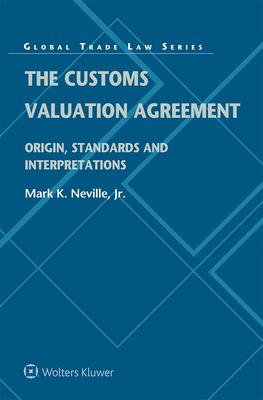Global Trade Law Series, Volume 58
Customs valuation is a key element in the corpus of international trade law. Despite the facts that the /WTO Valuation Agreement 1994 remains unchanged in all material respects and that it has been adopted by virtually every trading nation on the planet, there are fissures in the system preventing consensus on many contentious questions. This extremely knowledgeable analysis by a world-renowned specialist lawyer in the field-by concentrating on diverging views on the nature of the central feature of the Agreement, the definition of the price actually paid or payable (PAPP)-provides the most extensive study available of the origins and architecture of the Valuation Agreement and its intersection with transfer pricing norms.
Among much else, the author fully explains differing views on such questions as the following:
criteria governing royalties and license fees;
acceptability of the First Sale for Export doctrine;
role of transport charges in valuing dutiable assists;
status of interest payments on deferred payments;
valuation of carrier media bearing software for data processing equipment;
inclusion or exclusion of transport charges in the PAPP;
status of the WTO's moratorium on electronic transmissions;
status of payments of money for tools and other materials used in producing the imported goods; and
status of international instruments of traffic.
The author expertly assesses interpretations of the Valuation Agreement as presented in the instruments of the World Customs Organization and in the administrative and judicial fora of the United States, Canada, and the European Union.
This matchless book takes a giant step toward "real-world" consensus on the daunting questions of custom valuation. Customs and international tax professionals, as well as academic scholars, will come away from its in-depth coverage with an enhanced ability to discern the logic inherent in the Valuation Agreement, a greater awareness of current trends and their origins in authoritative customs valuation bodies, and improved confidence when approaching customs valuation questions.
